Connecting a power converter to a direct current (DC) source is now integrated into modern electrical systems. Very critical for any application would be power converters, either DC-to-DC or DC-to-AC (inverters) involved in managing voltage levels, safety, and facilitating efficiency across a number of applications. The article discusses the principles, various types, and practical aspects of linking power converters to DC which help people understand and appreciate the importance of this equipment across industries.
Understanding Power Converters: DC-DC and DC-AC Basics
- What Are DC-DC Converters?
DC-DC converters, also called choppers, can be defined as the devices that change a certain voltage to a higher or smaller level as their terminal objective. In photovoltaic applications, they step up and in mobile applications, the device steps down. Now, these converters have, among others, two key classifications:
- Nonisolated Converters: They Connect Input and Output Directly and Are Ideal for Low-voltage Applications with Non-isolation Considerations.
- Isolated Converters: These Use Transformers for Electrical Isolation, which Are Very Important in High-voltage Applications and Safety and EMI Reduction towards Lower Part of the Circuit.
- How Do Inverters (DC-AC Converters) Work?
Inverters are devices that convert DC (Direct Current) into AC (Alternating Current); hence appliances using AC can work. In solar power systems, the DC is obtained after solar panels use sunlight to generate electricity, and the inverters convert it to AC to serve household or grid consumption. Today's modern inverters can do "grid services" such as stabilizing voltage fluctuations.
Practical Steps to Connect Power Converters to DC
When you connect a power converter to a DC source, pay attention to detail so that you would have efficiency and safety at the same time. Here's a step-by-step guide on how to proceed:
Identify the Type of Converter:
Decide whether a DC-DC converter is needed for voltage adjustment or a DC-AC inverter for alternating current needs.
Match Voltage and Current Specifications:
Check the input voltage rating and the current handling capacity of the converter. The example is hooking a 12V DC converter to a 24V source, which probably would create a permanent damage condition from the hookup.
Think Isolation Requirement:
Choose isolated converters if safety or EMI reduction is necessary. For example, high-frequency isolated converters use transformers to not allow direct electrical contact between input and output.
Make Sure It's the Correct Polarity:
Be certain that the positive and negative terminals connect correctly. Reverse polarity could cause damage to both the converter and the load attached to it.
Secure Connections:
Connect either using appropriate connectors or soldered joints to create a permanent and stable contact electrically. Loose connections are sources of sparks and system failure.
Real-World Applications of Power Converters
- Electric Vehicles (EVs):DC voltages for charging at EV stations are frequently provided by DC-DC converters. Battery DC is transformed into AC through inverters coming from an EV.
- Renewable Energy Systems:Photovoltaic panels generate AC from DC and feed it into grids through inverters. DC-DC converters provide the correct voltage for connecting to storage batteries or inverters as inputs.
- Industrial Automation:The industry council would connect the DC-DC converters directly to the several power sensors, controllers, and motors needing specific voltage levels to make them work.
Issues in the Industry s Power Converters
There are lots of opportunities for applying power converters, but there are challenges in their deployment. For instance, though part of some converters, a transformer can't be hooked directly to a DC source because a transformer needs AC supply to work and can burn or fail if subjected to DC. Use a converter that has rectification and filtering components instead of handling DC input.
Thought-Provoking Question:
Have you thought about how selecting a wrong type of converter could impact your system in energy efficiency? Studies on advanced solutions-such as bidirectional inverters-could possibly enhance performance optimization for hybrid systems.
Trends and Innovations in Power Conversion
Bidirectional Converters:
New emerging converters are called bidirectional converters; these converters are the newly developed converters in hybrid systems as they will allow operation in both modes "DC-AC" and "AC-DC".
High-Frequency Switching:
The current converters now have built-in high-frequency operation capability, which reduces size and improves efficiency, especially with regard to portable electronics.
AI-Powered Smart Converters:
The entry of AI makes it possible to optimize flow of energy in real-time, thus ensuring better energy management in smart grids and renewable energy systems.
Anecdote: When Polarity Went Wrong
Once, during the installation of a wind turbine, a technician connected the high-power DC-DC converter with the polarity reversed. Within seconds, there were sparks flying everywhere, and the converter was destroyed beyond repair. Expensive, yes, but it would serve as a reminder for every engineer to double-check their connections.
Final Word:
The power converter is the bridge between modern devices and systems which span their different electrical demands. Voltage scaling for cellular phones or inverter for solar grids can be thought of as finer details with respect to DC connections that raise any standard performance or safety level. The next time you handle a power converter, remember that it is not only a tool but a linchpin within the melody of electricity.


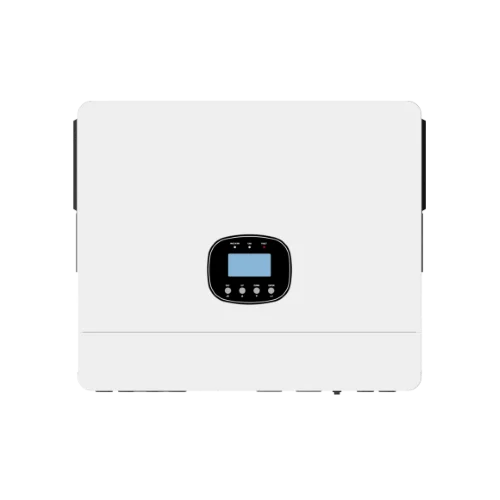
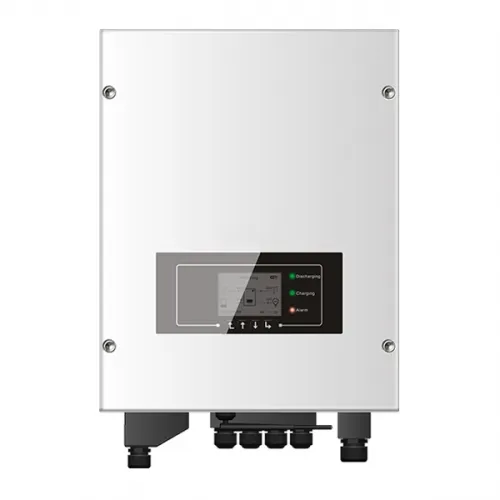






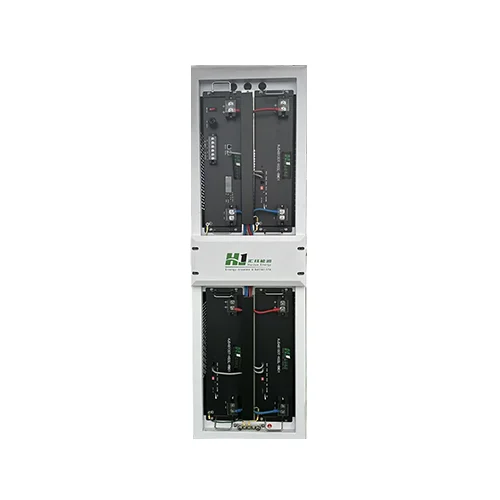
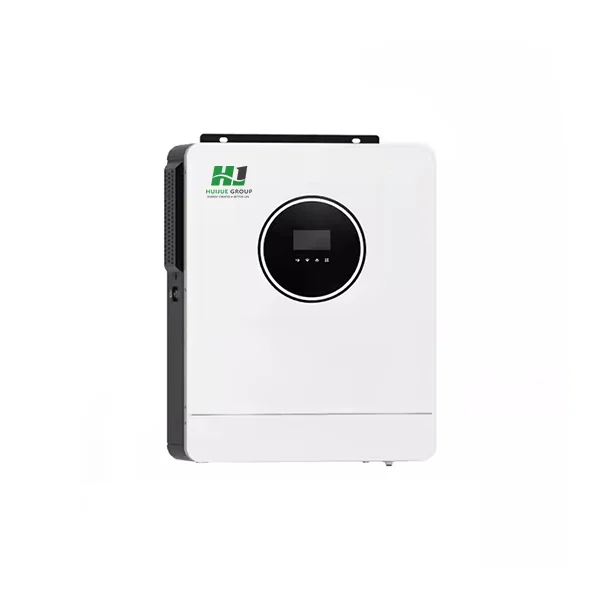




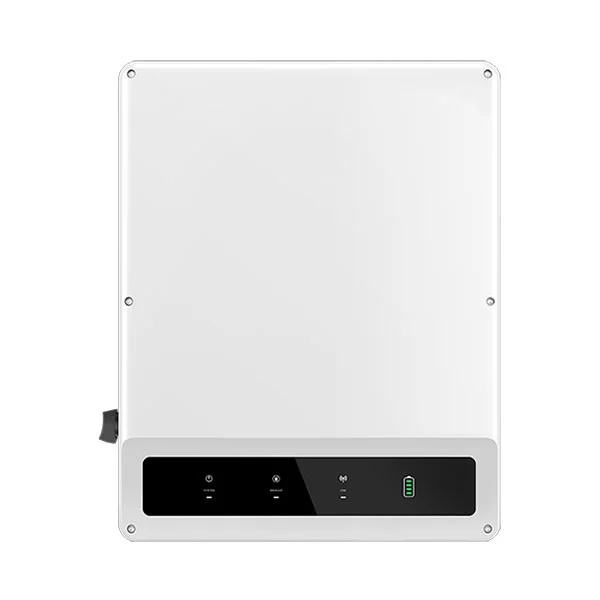


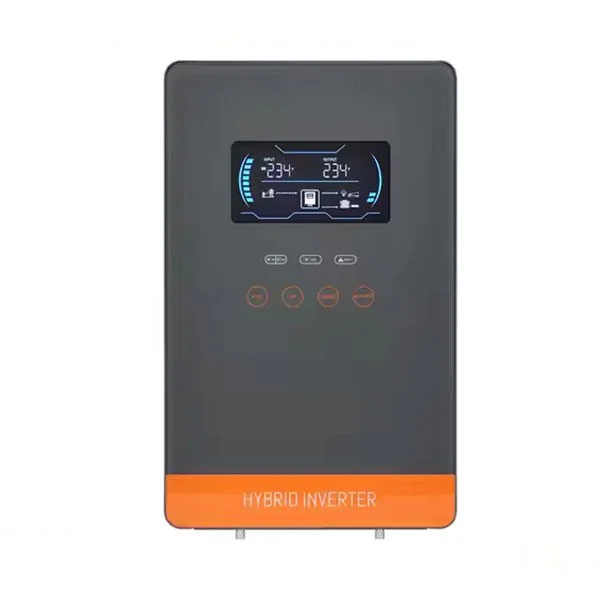

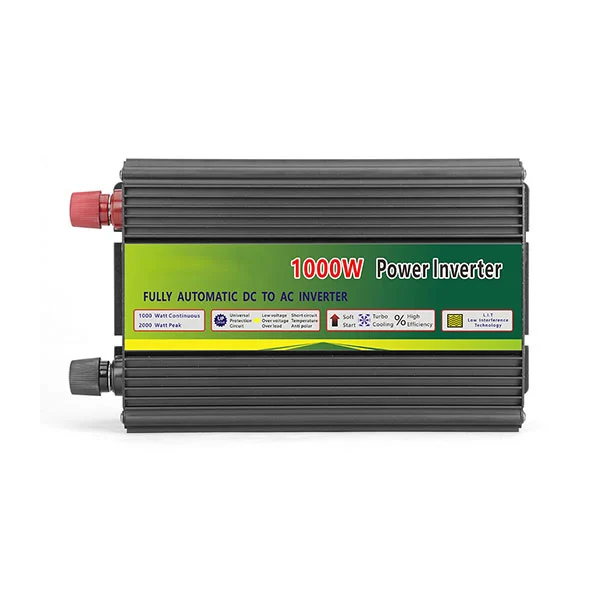


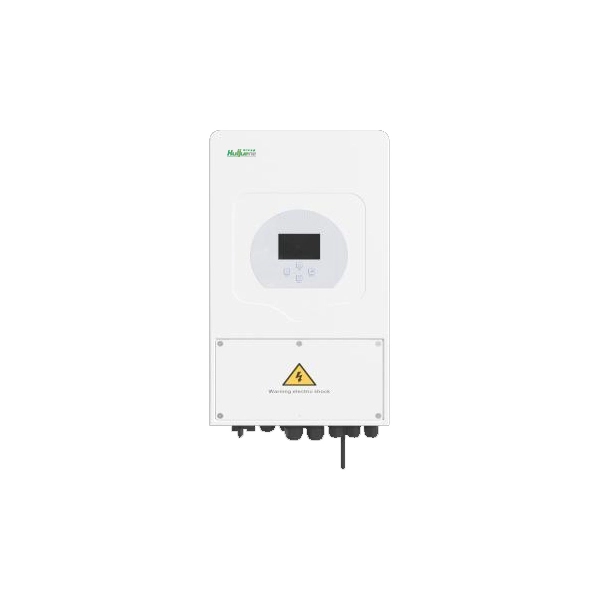
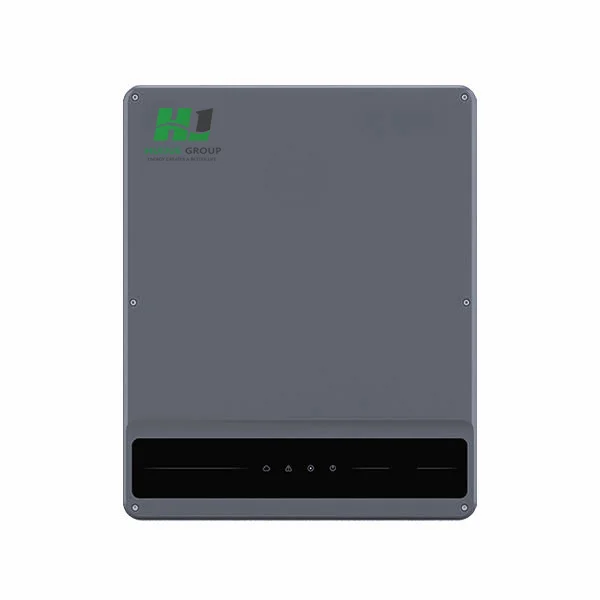






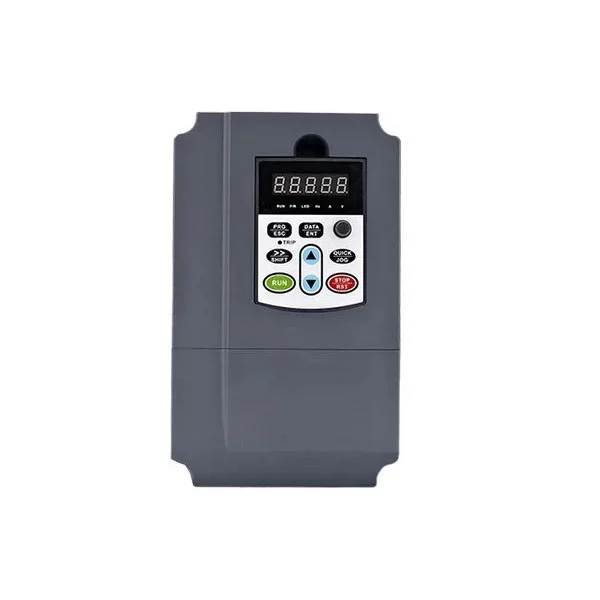

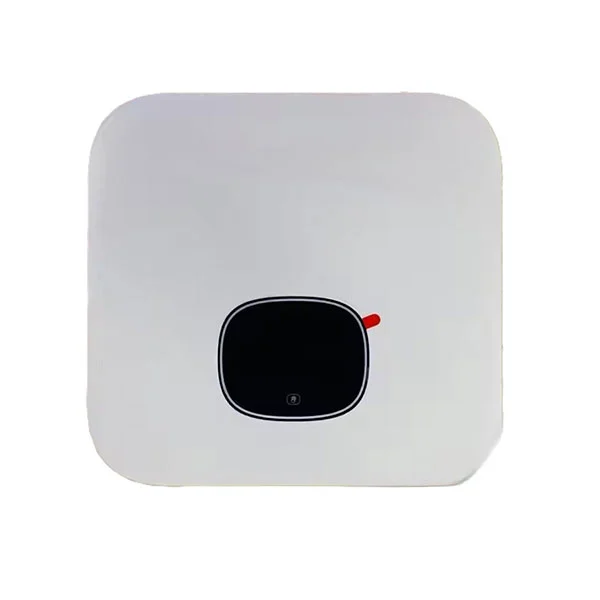




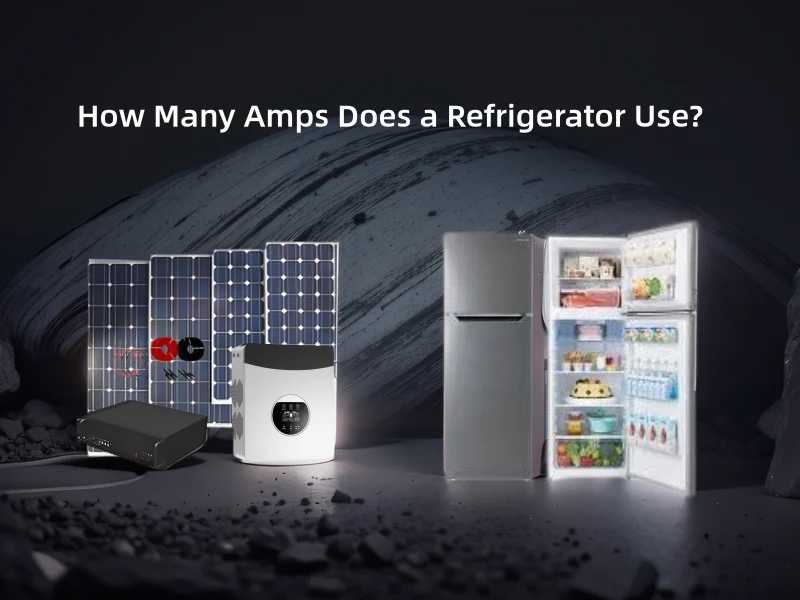
 Afrikaans
Afrikaans Albanian
Albanian Amharic
Amharic Arabic
Arabic Armenian
Armenian Azerbaijani
Azerbaijani Basque
Basque Belarusian
Belarusian Bengali
Bengali Bosnian
Bosnian Bulgarian
Bulgarian Catalan
Catalan Cebuano
Cebuano Chichewa
Chichewa Chinese (Simplified)
Chinese (Simplified) Chinese (Traditional)
Chinese (Traditional) Corsican
Corsican Croatian
Croatian Czech
Czech Danish
Danish Dutch
Dutch English
English Esperanto
Esperanto Estonian
Estonian Filipino
Filipino Finnish
Finnish French
French Frisian
Frisian Galician
Galician Georgian
Georgian German
German Greek
Greek Gujarati
Gujarati Haitian Creole
Haitian Creole Hausa
Hausa Hawaiian
Hawaiian Hebrew
Hebrew Hindi
Hindi Hmong
Hmong Hungarian
Hungarian Icelandic
Icelandic Igbo
Igbo Indonesian
Indonesian Irish
Irish Italian
Italian Japanese
Japanese Javanese
Javanese Kannada
Kannada Kazakh
Kazakh Khmer
Khmer Korean
Korean Kurdish (Kurmanji)
Kurdish (Kurmanji) Kyrgyz
Kyrgyz Lao
Lao Latin
Latin Latvian
Latvian Lithuanian
Lithuanian Luxembourgish
Luxembourgish Macedonian
Macedonian Malagasy
Malagasy Malay
Malay Malayalam
Malayalam Maltese
Maltese Maori
Maori Marathi
Marathi Mongolian
Mongolian Myanmar (Burmese)
Myanmar (Burmese) Nepali
Nepali Norwegian
Norwegian Pashto
Pashto Persian
Persian Polish
Polish Portuguese
Portuguese Punjabi
Punjabi Romanian
Romanian Russian
Russian Samoan
Samoan Scottish Gaelic
Scottish Gaelic Serbian
Serbian Sesotho
Sesotho Shona
Shona Sindhi
Sindhi Sinhala
Sinhala Slovak
Slovak Slovenian
Slovenian Somali
Somali Spanish
Spanish Sundanese
Sundanese Swahili
Swahili Swedish
Swedish Tajik
Tajik Tamil
Tamil Telugu
Telugu Thai
Thai Turkish
Turkish Ukrainian
Ukrainian Urdu
Urdu Uzbek
Uzbek Vietnamese
Vietnamese Welsh
Welsh Xhosa
Xhosa Yiddish
Yiddish Yoruba
Yoruba Zulu
Zulu